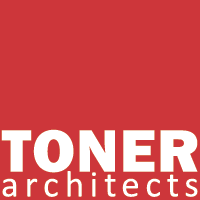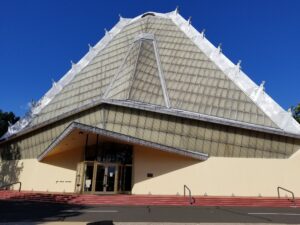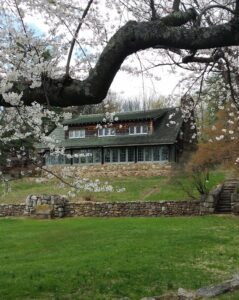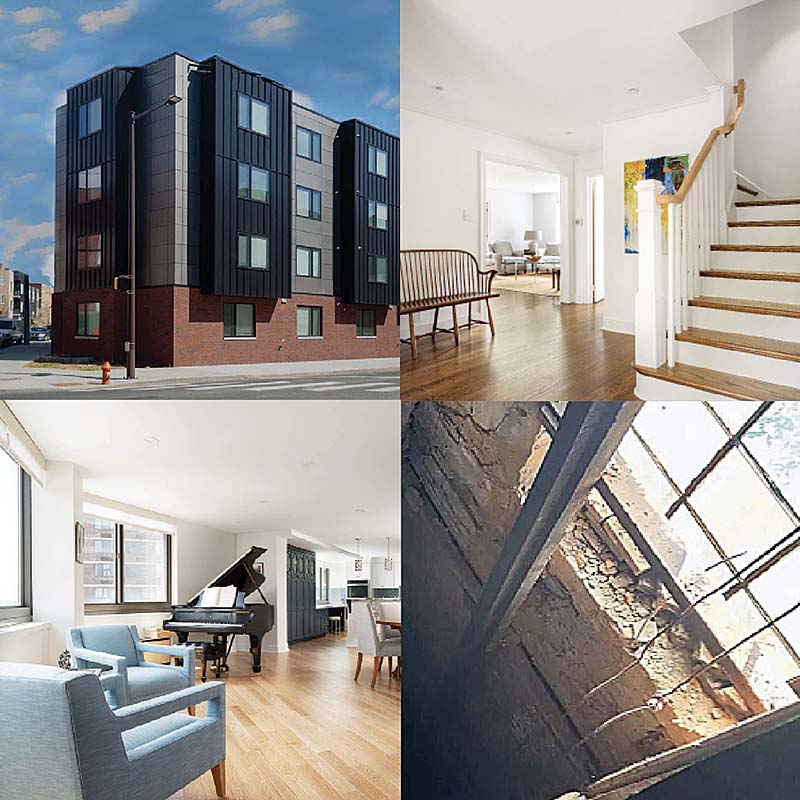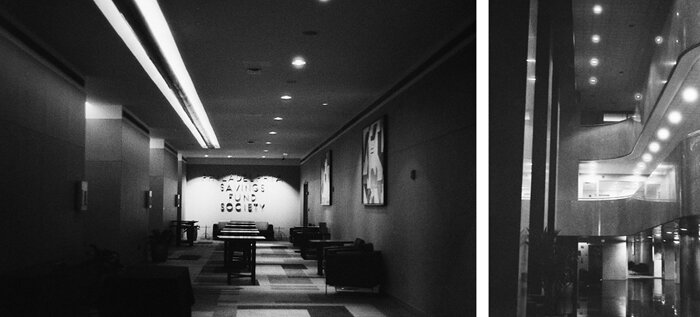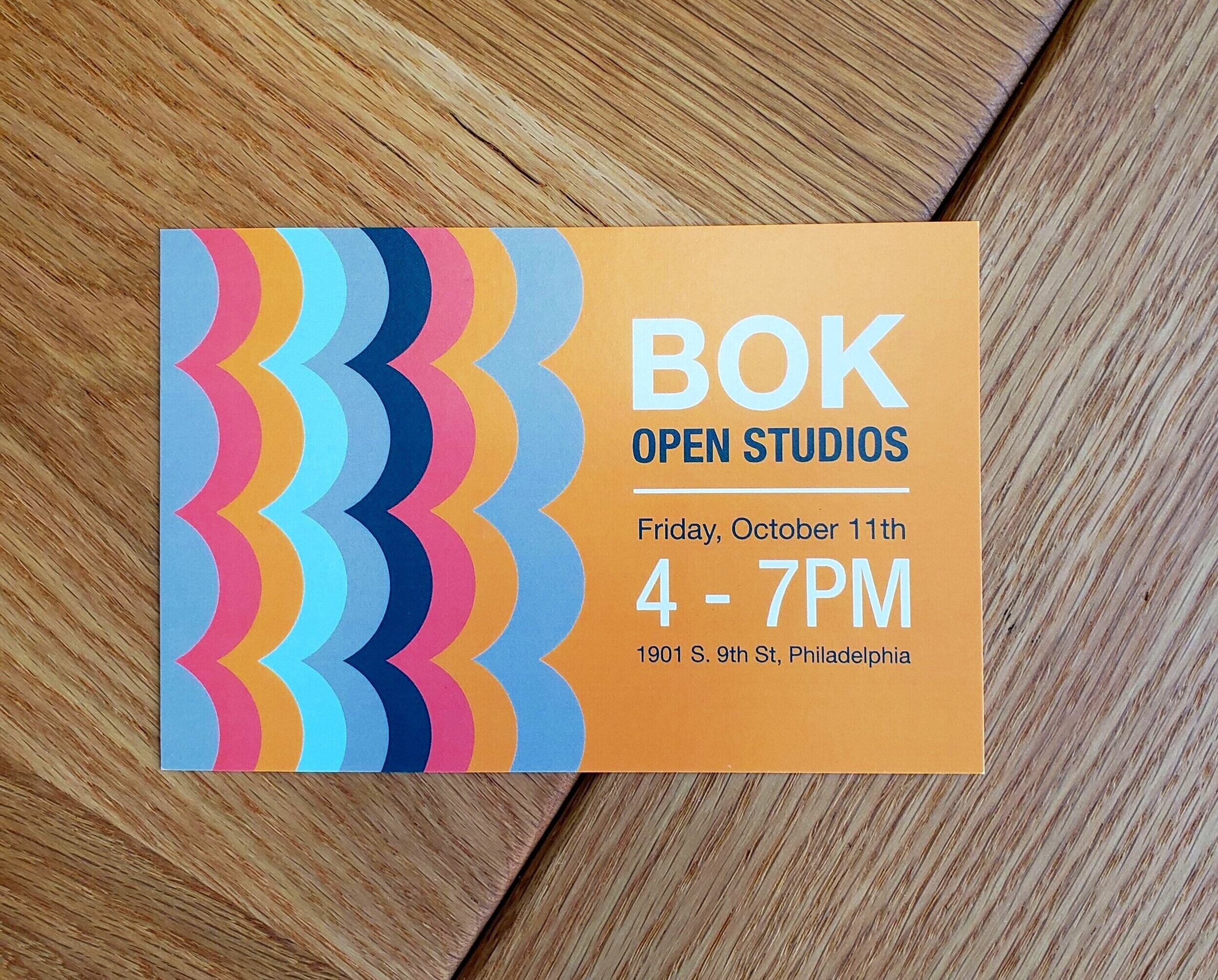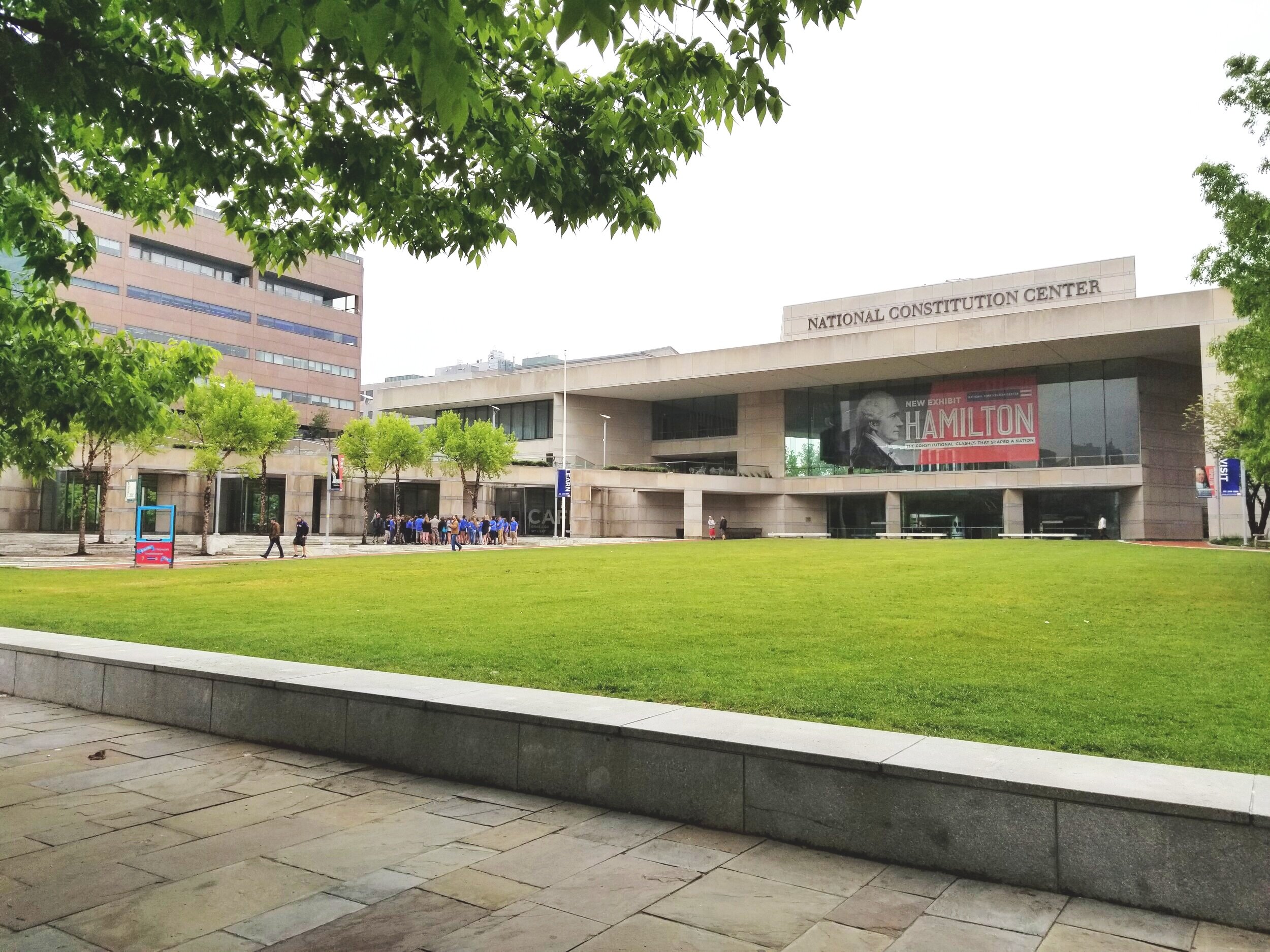by Sam Katovitch
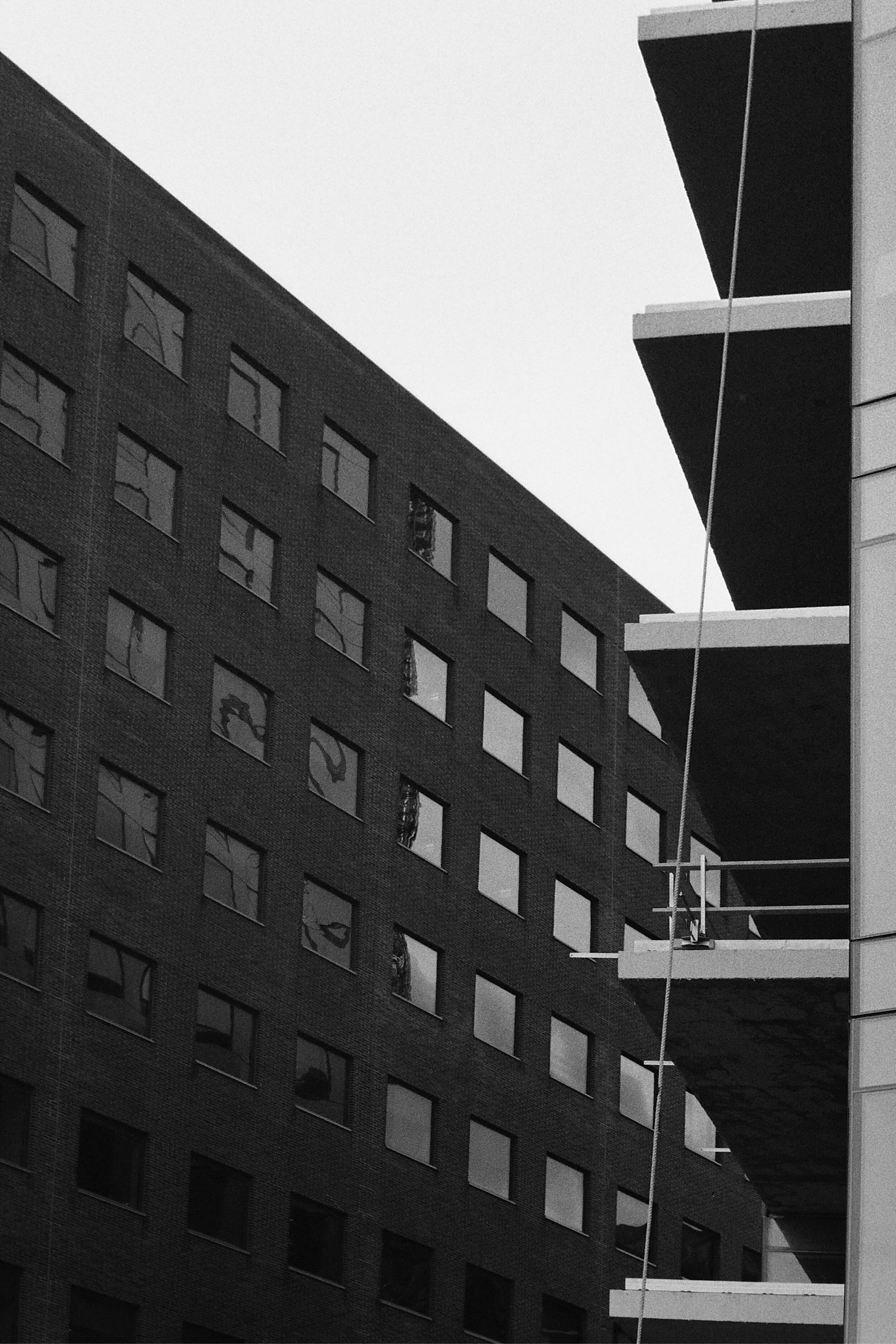

Collision
The photographing of architecture is as much of an art as the design of the actual spaces and forms is. Where the goal of architecture – arguably – is to create spaces ideal for the activities predicted to take place in them, architectural photography is the art of capturing an image that by its very nature cannot be fully processed by the human eye, and making it comprehensible, relatable, and beautiful.
The craft of architectural photography is extremely dependent on the equipment used, which in ordinary photography is just the tool by which images are made. When photographing buildings, normal lenses aren’t enough. The human visual system has a binocular field of view of about 115 degrees horizontally, in addition to 40 degrees on each side which are peripheral only. Compare that to a normal 50mm prime lens (the standard in the days of 35mm film). That lens has a field of view of 40 degrees total – no peripheral vision here. Now, a single human eye has a field of view of about 55 degrees, which is roughly equivalent to a 43mm lens. Such a lens is not hard to obtain, as it isn’t even really considered “wide-angle.” But if an architectural photographer used a 43mm lens to photograph a building, it would be like looking through a single human eye – one with zero peripheral vision. Thus, wide angle lenses become crucial for photographers wishing to capture the same angles of view as those of the human eye. The earliest lenses used for this purpose had focal lengths of 24-35mm in the days of film cameras, and the widest lens commonly available now is a mere 14mm equivalent focal length.
The other hurdle photographers must clear when capturing architecture – one made more difficult due to the use of wide-angle lenses – is the problem of converging lines. Due to the way lenses are made, combined with the natural perspective that is inherent to single-point view, wide angle shots and shots taken at an angle looking upward are victim to converging lines. This is less of a problem in street or landscape or portrait photography as the subjects are more organic, less subject to perspective, and generally smaller in scale. In architectural photography this becomes a huge issue. Perspective and lens mechanics conspire to make buildings look crooked, tilted, or oddly foreshortened. This is why photos taken by a tourist on their smartphone or digital camera will never look the same as those that have been taken by a professional photographer, and only part of that is due to skill. The method developed to get around this issue is called tilt-shift photography.
Tilt-shift photography is nothing new, in fact it has been an ability of cameras going all the way back to early bellows cameras, where the lens could be moved independently of the film body to create perspective changes within the camera. The technology was only adapted to smaller-format cameras, like those used by architectural photographers, in the 1960s. On small cameras it is almost entirely accomplished through special lenses called “perspective control” or PC lenses, the first of which was developed by Nikon in 1962. PC lenses have the ability to shift the lens up or down relative to the film. A variant on this concept is the tilt-shift lens. The “tilt-shift” name comes from the ability to rotate the lens plane relative to the image plane – the “tilt” – and to move the lens plane parallel to the image plane – the “shift”. By shifting the lens plane up or down relative to the image plane, the photographer can control the perspective of the image taken, and this is how architectural photographers create their images. Most architectural photographs are taken with the lens shifted upwards relative to the image plane, and so the camera’s film or sensor can be kept parallel to the subject, while the lens’ movement is used to position the subject within the image area. Thus, all points on a subject remain the same distance from the camera and the shape of the subject is preserved and not foreshortened. This eliminates the problem of tilting the camera to capture a building, and results in images where parallel lines remain parallel and walls do not seem to tilt inwards towards one another.
There is a wide gulf between a regular person taking a photo of a building on a regular camera or smartphone, and an architectural photographer doing it. Professional building photographers have an arsenal of specialized equipment and techniques to make the most of their photos, and lend their work the extra sense of immersion and accuracy that traditional photography just can’t replicate. An entire industry has developed around the photographing of buildings, and that industry will only continue to grow more advanced as new photographic technologies become available.
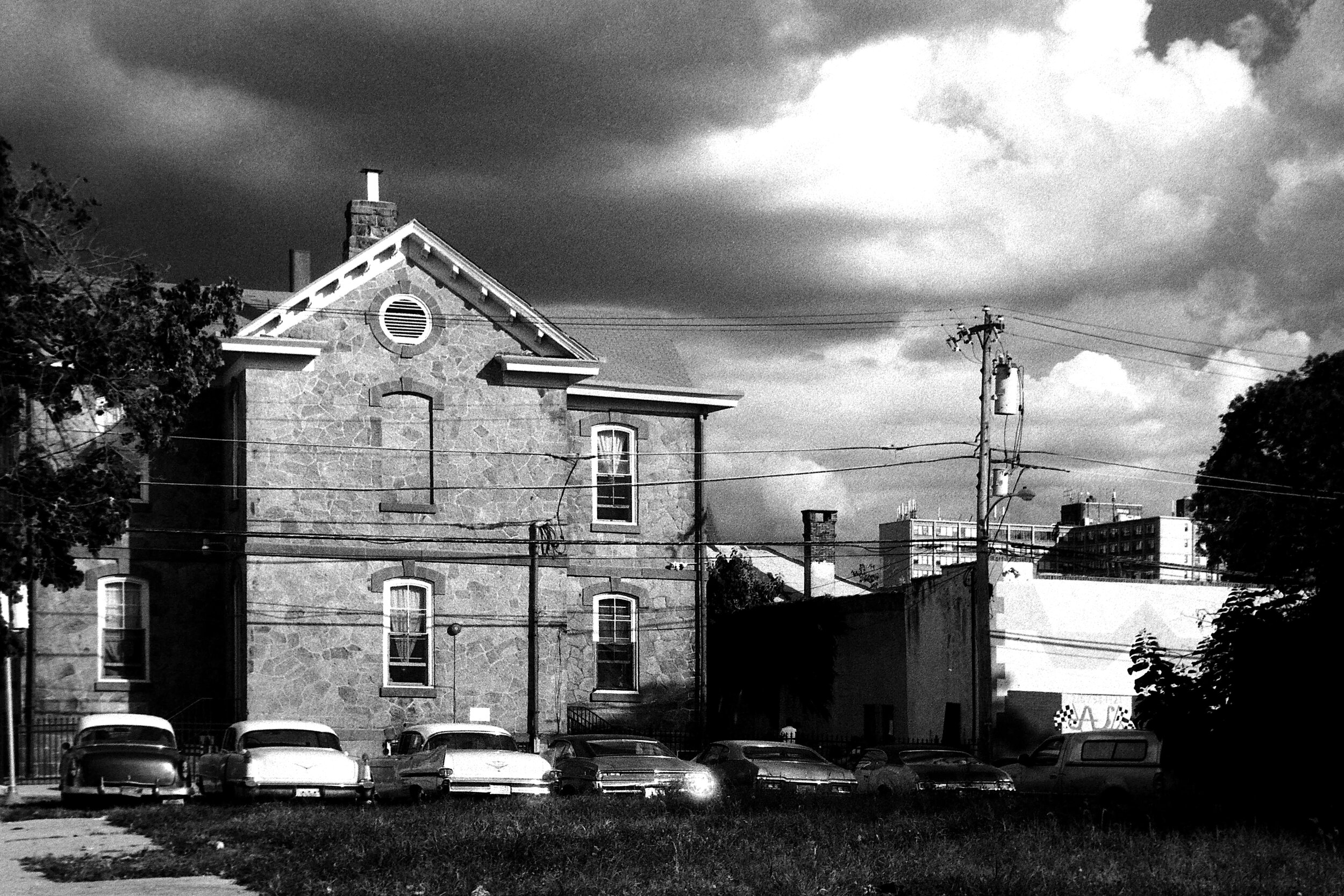
Gable
This image is an example of how a normal camera still create parallel vertical lines – this picture was taken with the camera held at arm’s-length above my head, decreasing vertical skew.
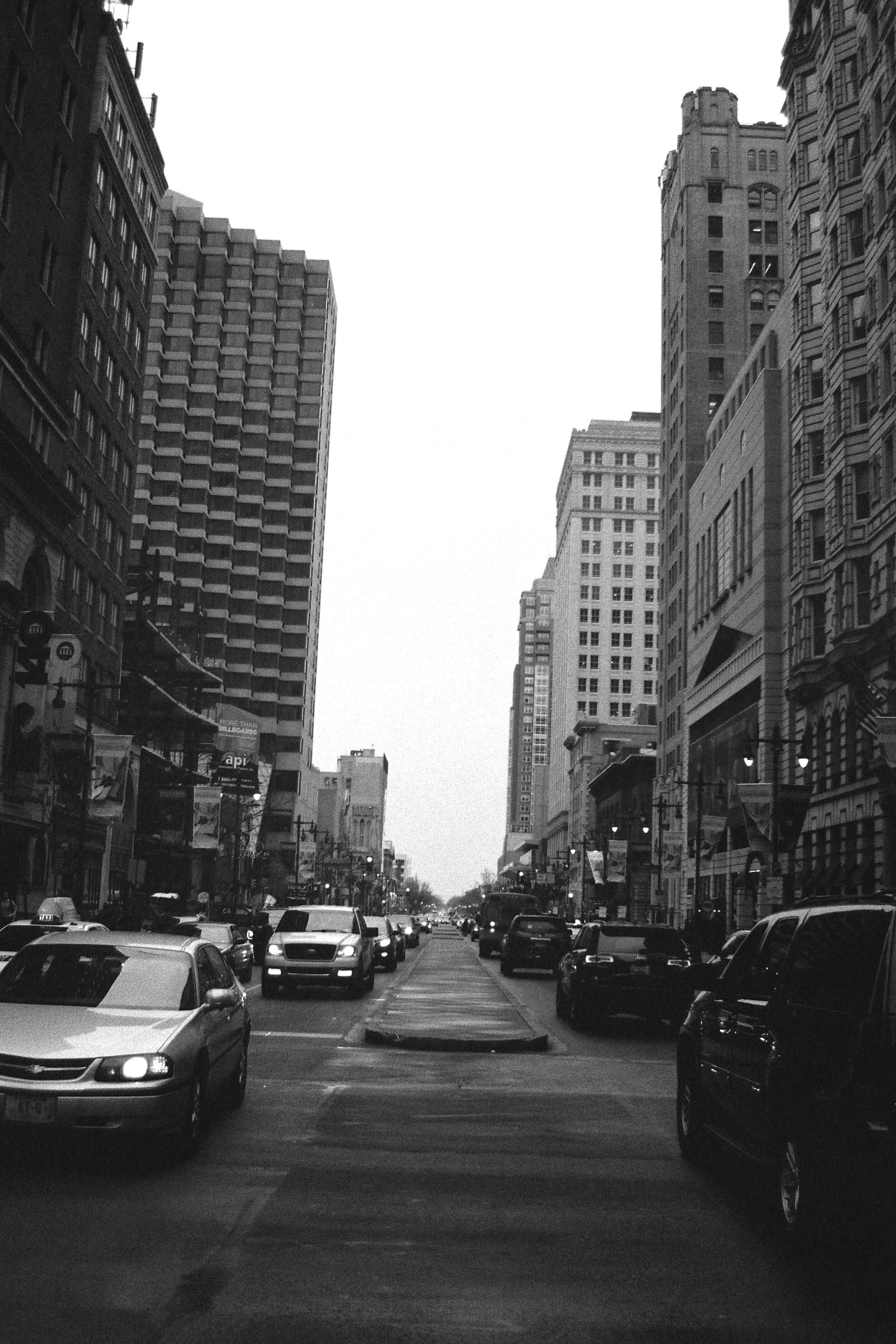
South
A typical Broad Street shot showing the converging effect of a normal lens on perspective – note how the buildings seem to lean in towards each other.
all photos by Sam Katovitch. Sam uses REAL FILM.
